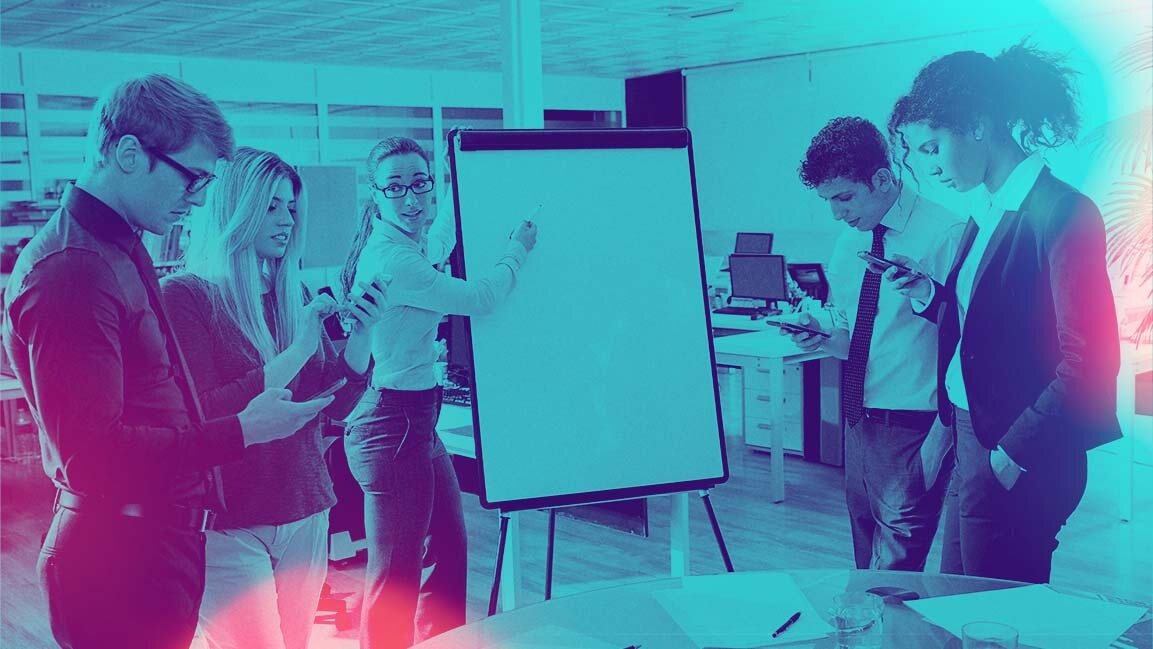- | 10:00 am
How to overcome workplace distractions and boost productivity
Overworking and multitasking can reduce productivity and lead to employee burnout

In today’s tech-saturated world, employees are increasingly burdened by distractions that undermine productivity and job satisfaction. Constant notifications and the open-office concept decrease focus and overall job performance.
A recent Gallup report highlights a productivity crisis, revealing that only 14% of workers in the region feel engaged—the second lowest globally, surpassed only by Europe. Meanwhile, 61% are not engaged, and 25% are actively disengaged, impacting productivity and resulting in global losses estimated at $8.9 trillion. In the Middle East, 61% of workers also report struggling with well-being.
To address these challenges, companies must tackle the underlying causes of workplace distractions and disengagement. Talent Development Manager Feras Mugharbel observes that the mental overload from juggling multiple tasks and ideas significantly contributes to these distractions. Mugharbel identifies common workplace distractions and proposes strategies to mitigate their impact.
USE OF TECH
Excessive reliance on electronics is a primary source of workplace distractions. As technology becomes increasingly intertwined with work, avoiding interruptions becomes more challenging.
To address this, Mugharbel recommends designating specific times for personal tech use—half an hour in the morning and another in the evening—to help break the cycle of constant dependence. He emphasizes that technology can be a powerful productivity tool rather than a hindrance.
Employees can gain greater control over their workday by utilizing apps to manage time, track activities, and schedule breaks.
OVERWORKING AND STRESS
Overtaking too much work can lead to decreased productivity, often due to multitasking. Mugharbel explains that while multitasking is intended to enhance productivity, it can instead result in stress and overwork.
“The best approach is to learn to say no,” he advises. A tactful way to decline is, “I’d be happy to help if I had the time, but right now, I wouldn’t be able to give it the attention it deserves.”
Idea hopping, which is common among creative individuals, can also diminish productivity by causing a shift from one project to another without completing tasks. To maintain better focus, Mugharbel recommends creating detailed project plans and prioritizing them.
“Playing the hero”—spending excessive time assisting colleagues—can negatively impact productivity. Mugharbel suggests setting aside dedicated time for personal goals before offering help to others.
Excessive worrying and overthinking at work can impede productivity and clear thinking. Managers should encourage employees to express their concerns and collaborate on finding solutions. “Encourage them to share their worries, allowing fears to be discussed with colleagues,” Mugharbel suggests.
Underperformance can sometimes be attributed to misunderstandings rather than a lack of ability. To address this, companies should continuously implement learning and development programs to enhance employees’ skills and qualifications.
ROLE OF ORGANISATIONS
Mugharbel highlights that organizations play a crucial role in boosting employee productivity, with workplace culture and social events being key factors.
Enhancing social engagement events helps employees form stronger connections, reducing feelings of isolation, boredom, and anxiety. This fosters a clearer understanding of roles and responsibilities and promotes greater collaboration.
Ultimately, a collaborative workplace minimizes distractions and allows employees to focus and be more creative.





































